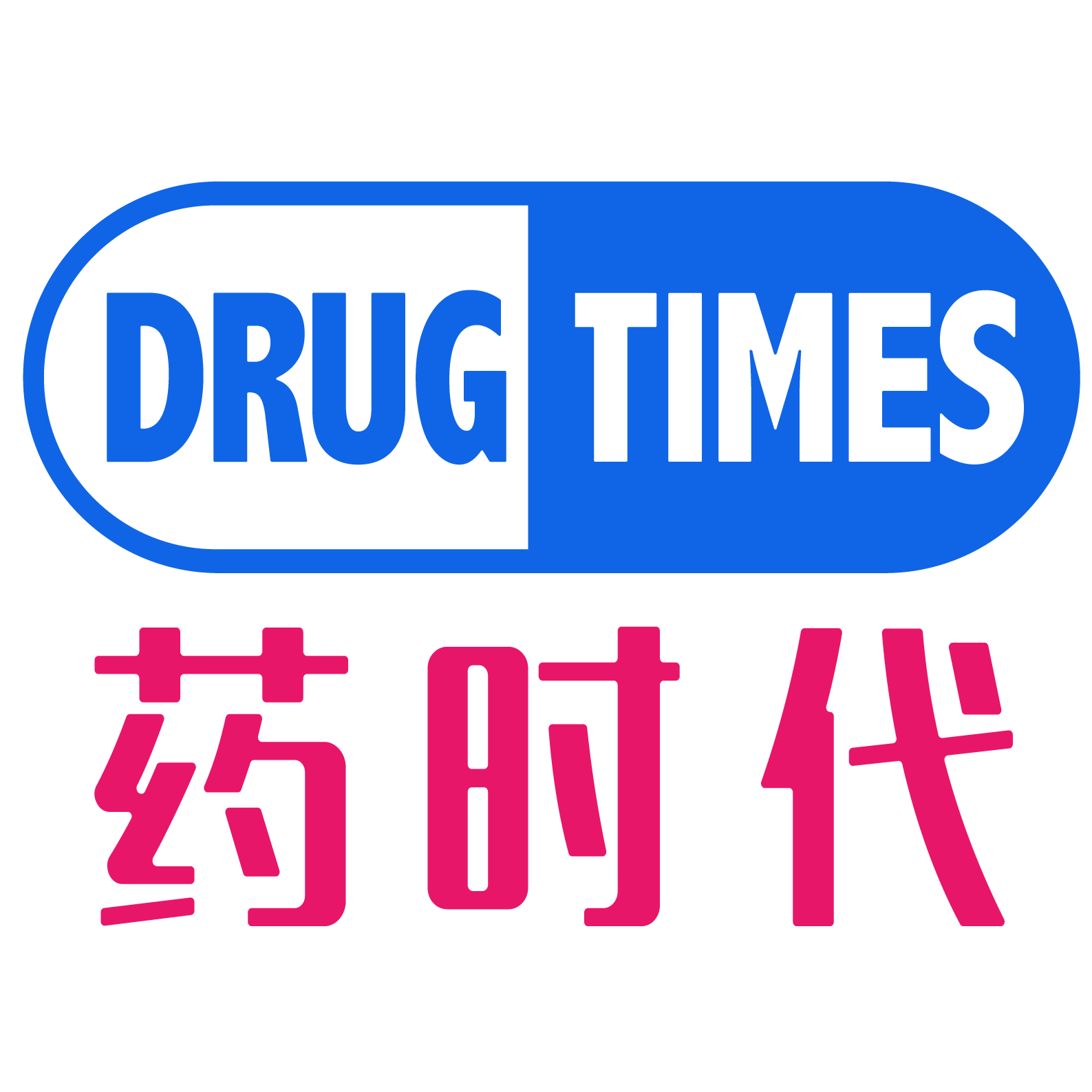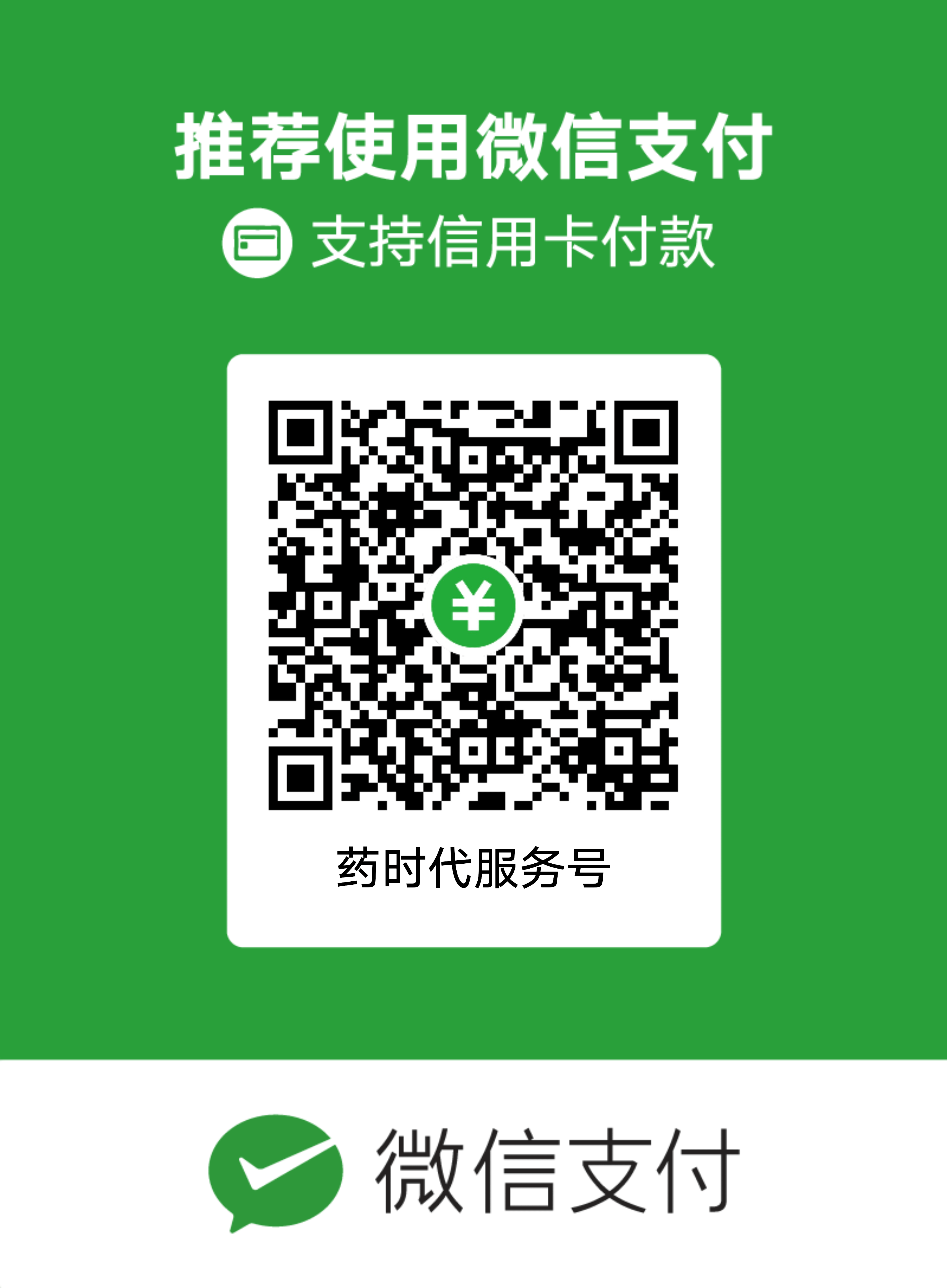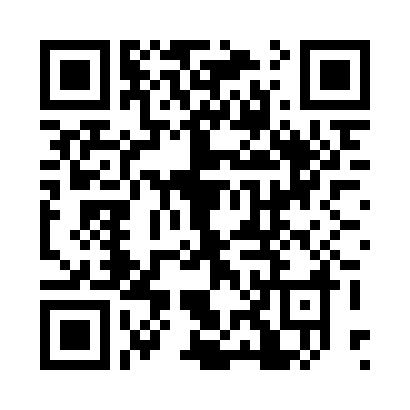Autoimmune diseases are in the spotlight and highly competitive.
Take IL-23 as an example. In 2000, a paper titled “Oppmann B, et al. Novel p19 protein engages IL-12p40 to form a cytokine, IL-23, with biological activities similar as well as distinct from IL-12.” was published, which first reported and named IL-23. The paper pointed out that researchers discovered a new factor (p19), which has no biological activity on its own. However, when combined with the p40 subunit of IL-12, it forms a novel complex cytokine with biological activity. Although its structure is similar to IL-12, its mechanism of action is different, showing potential for disease treatment. This new complex cytokine is IL-23.
Nine years after the discovery of IL-23, Johnson & Johnson’s ustekinumab (Stelara, generic name: ustekinumab) was approved by the FDA for the treatment of moderate-to-severe plaque psoriasis. In 2017, Johnson & Johnson launched another IL-23 inhibitor—guselkumab. Subsequently, the IL-23 field entered a period of explosive growth, with Merck’s tildrakizumab, AbbVie’s risankizumab, and Eli Lilly’s mirikizumab being approved for marketing one after another. The indications of these drugs are focused on several key autoimmune disease areas, and competition has become increasingly fierce.
The above are the new drugs that have been approved for marketing. According to the Zhihuiya New Drug Intelligence Database, there are currently two IL-23 inhibitors in the marketing approval stage, and five new drugs have entered clinical trials at phase II or above. In addition, due to the expiration of the core patent for ustekinumab, several biosimilars of ustekinumab have been approved for marketing worldwide.
With the competition among new drugs and the encroachment of low-cost biosimilars, where should the breakthrough in the IL-23 field be made?
Johnson & Johnson’s answer is: IL-23 oral antagonist peptides. They also stated that they will conduct a head-to-head trial between the IL-23 oral formulation and ustekinumab injection. With the oral formulation competing head-to-head with the injectable, will Johnson & Johnson achieve its goal?
The world’s first IL-23 oral antagonist peptide: Icotrokinra
Icotrokinra (JNJ-2113) is the world’s first oral antagonist peptide targeting IL-23 to enter the clinical stage. It was jointly developed by Johnson & Johnson and Protagonist Therapeutics, Inc., and is designed for once-daily oral administration.
In November 2024, Johnson & Johnson first announced the positive results of the Phase III ICONIC-LEAD study of Icotrokinra. The results showed that Icotrokinra achieved dual primary endpoints in moderate-to-severe plaque psoriasis. Specifically, at Week 16, nearly two-thirds (64.7%) of subjects treated with Icotrokinra achieved IGA 0/1 (which can be understood as the skin having essentially returned to a normal state), and 49.6% of patients achieved PASI 90. The corresponding figures for the placebo group were 8.3% and 4.4%, respectively. By Week 24, subjects’ symptoms continued to improve, with 74.1% of those treated with Icotrokinra achieving IGA 0/1 and 64.9% achieving PASI 90. Overall, the clearance rate of skin lesions and tolerability were both excellent, reaching a leading level.
In terms of oral formulations for psoriasis treatment, Icotrokinra is not the first. In 2022, Bristol Myers Squibb’s (BMS) Sotyktu was approved by the FDA for the treatment of moderate-to-severe plaque psoriasis, with once-daily oral administration. Sotyktu is described as a first-in-class, oral, selective, allosteric tyrosine kinase 2 (TYK2) inhibitor. It was the only approved TYK2 inhibitor globally at the time and the first innovation in oral treatment for moderate-to-severe plaque psoriasis in over a decade.
Johnson & Johnson positions Icotrokinra as a potential first-line oral systemic therapy for plaque psoriasis, which directly competes with Sotyktu.
The approval of Sotyktu was based on two pivotal Phase III clinical trials, POETYK PSO-1 and POETYK PSO-2 (the baseline population and drug dosage were consistent between the two studies, with slight differences in the treatment regimen after 24 weeks). According to BMS, in the POETYK PSO-1 study, at Week 16, 53.6% of patients achieved sPGA 0/1 (placebo group: 7.2%), and 58.7% achieved PASI 75 (placebo group: 12.7%). By Week 24, 58.4% achieved sPGA 0/1, and 69.0% achieved PASI 75. In the POETYK PSO-2 study, at Week 16, 50.3% of patients achieved sPGA 0/1 (placebo group: 8.6%), and 53.6% achieved PASI 75 (placebo group: 9.4%). By Week 24, 50.4% achieved sPGA 0/1, and 59.3% achieved PASI 75.
It can be seen that, even with PASI 90 as one of the higher primary endpoints, Icotrokinra’s Week 16 data, adjusted for placebo, is not inferior to Sotyktu. Johnson & Johnson also mentioned in a press release that, according to the Phase III ICONIC-ADVANCE study (specific data yet to be disclosed), Icotrokinra is expected to outperform Sotyktu.
Currently, based on Icotrokinra’s leading skin lesion clearance rate and tolerability data demonstrated in Phase III clinical trials, as well as the known performance of IL-23 injectables in the autoimmune field, analysts from Guggenheim Partners believe that the drug’s peak sales will exceed $5 billion.
Oral vs. Injectable
The label of “oral psoriasis new drug” alone is not worth $5 billion.
Sotyktu was approved by the FDA in September 2022. In its first full year on the market (2023), the global sales of the drug were only $170 million. In its second full year on the market (2024), the global sales reached $246 million, a year-on-year increase of 45%. Currently, Sotyktu has been approved in the United States, Japan, Canada, Australia, the European Union, and China, covering most countries and regions globally. At this growth rate, it will take Sotyktu several more years to become a “blockbuster” drug with sales exceeding $1 billion.
Moreover, while oral formulations address patient compliance in clinical applications, bioavailability remains an insurmountable challenge. Take semaglutide, another peptide, as an example. According to data from the PIONEER study, the 14 mg oral semaglutide tablet reduced HbA1c by 1.5% and body weight by 4.5 kg. In contrast, the injectable form of semaglutide achieved comparable or even better results with just a 1 mg dose. Therefore, although tablets have lower costs in terms of production, transportation, and storage conditions, the higher dosage required means that the overall cost is not low. In fact, the safety risks may be relatively higher. According to publicly available information, under the premise that the monthly treatment costs for Ozempic (injectable semaglutide for diabetes) and Rybelsus (oral semaglutide tablet for diabetes) are roughly equivalent, the sales difference between the two is more than five times, with the injectable form being more popular.
Based on the above information, the analysts’ sales forecast of $5 billion for Icotrokinra may be driven by two considerations: 1) Compared to Sotyktu, Icotrokinra targets the major autoimmune target IL-23; 2) Johnson & Johnson is planning a Phase III head-to-head study of Icotrokinra against ustekinumab—the ICONIC-ASCEND study. The second reason significantly enhances the analysts’ confidence in the drug.
Ustekinumab was the world’s first psoriasis treatment targeting IL-23. Its sales peaked in 2023 at $10.858 billion. Despite the impact of biosimilars and other autoimmune drugs, its sales in 2024 still reached $10.361 billion, with a relatively small year-on-year decline.
Other IL-23 monoclonal antibody injections, such as mirikizumab and risankizumab, have previously conducted head-to-head studies with ustekinumab. Currently, ustekinumab seems to be the efficacy benchmark in the IL-23 field. If Icotrokinra can truly outperform ustekinumab in psoriasis, which is a key autoimmune indication, it would indeed be a milestone event capable of changing the competitive landscape of the field.
Additionally, based on the disclosed data, the safety profile of Icotrokinra is quite promising. If its efficacy and safety can match those of ustekinumab, as the only oral formulation in the field, Icotrokinra does deserve a sales forecast of $5 billion.
【Editor’s note】The above content (~7200 words) is a quick translation of a Chinese article (posted on 2025-03-04) by DrugTimes team. To read the original article, please click here. All comments are warmly welcome. Many thanks!
发布者:DrugTimes001,转载请首先联系contact@drugtimes.cn获得授权

 为好文打赏 支持药时代 共创新未来!
为好文打赏 支持药时代 共创新未来! 
